How to buy plants
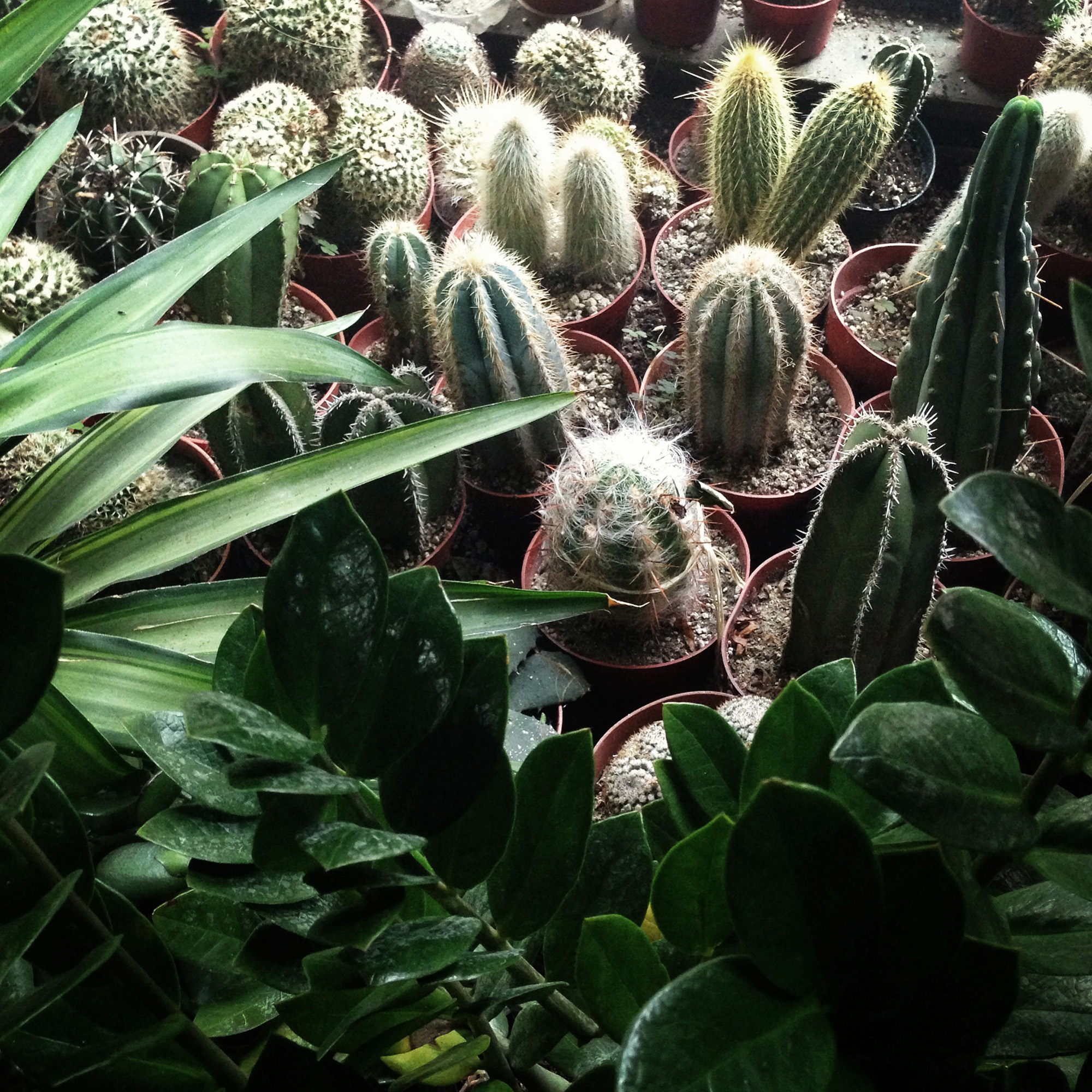
It’s no surprise that I love trips to the plant store. A friend of mine once described the sense of unbridled joy and limitless opportunity for self-healing she felt whenever she went to the grocery store. This is how I feel at the plant store.
Plant stores sell more than just plants. They sell beauty, and oxygen, and therapy. They sell commitment, a connection to the natural world, and a renewed understanding of time. All for relatively cheap. If it’s a good garden store, you can walk out of there with something special, a combination of colors and scents and textures that is completely unique to you. And then you can bring it all home and enjoy it everyday.
I’ve been spending time (and money) at garden centers for decades. I wouldn’t call myself a gardening expert, but I might be an expert on plant stores. Here are some of the tips I’ve collected over the years.
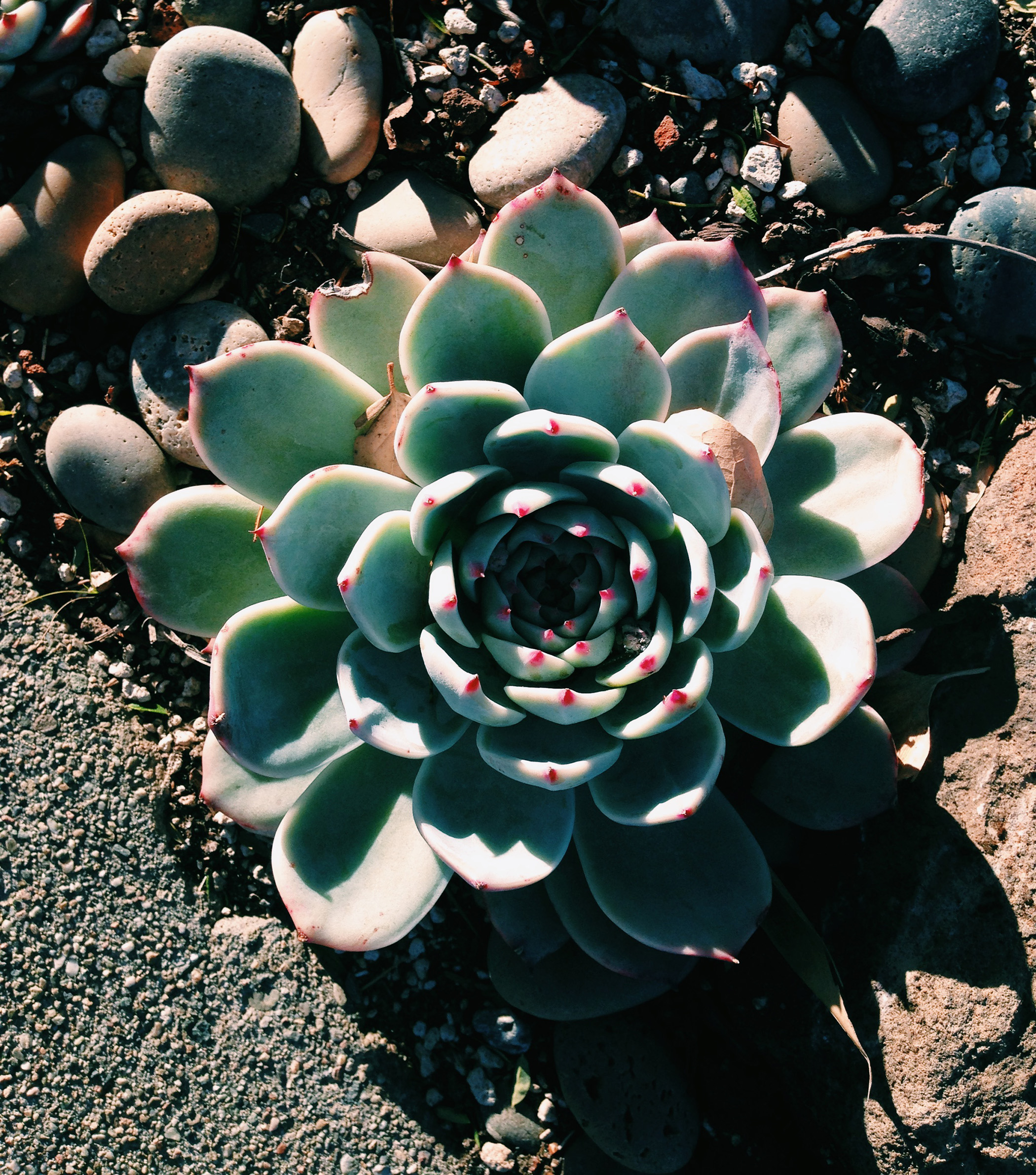
1. Check out your space
If you’re planning on some cleaning and greening — whether outside or inside — enjoy the space for a while before spending any money. The urge to improve can be pressing, but it’s worth it to pump the brakes get a sense for what you’re working with. Grab a chair and a cool drink. Watch the light, watch where it goes and when. Look for spots where the sun is strongest and observe where it’s weakest. Watch for wind or high traffic areas, knowing these are the spots where delicate stems could be bent and broken. Figure out what you want, what will grow well in your space, and take notes.
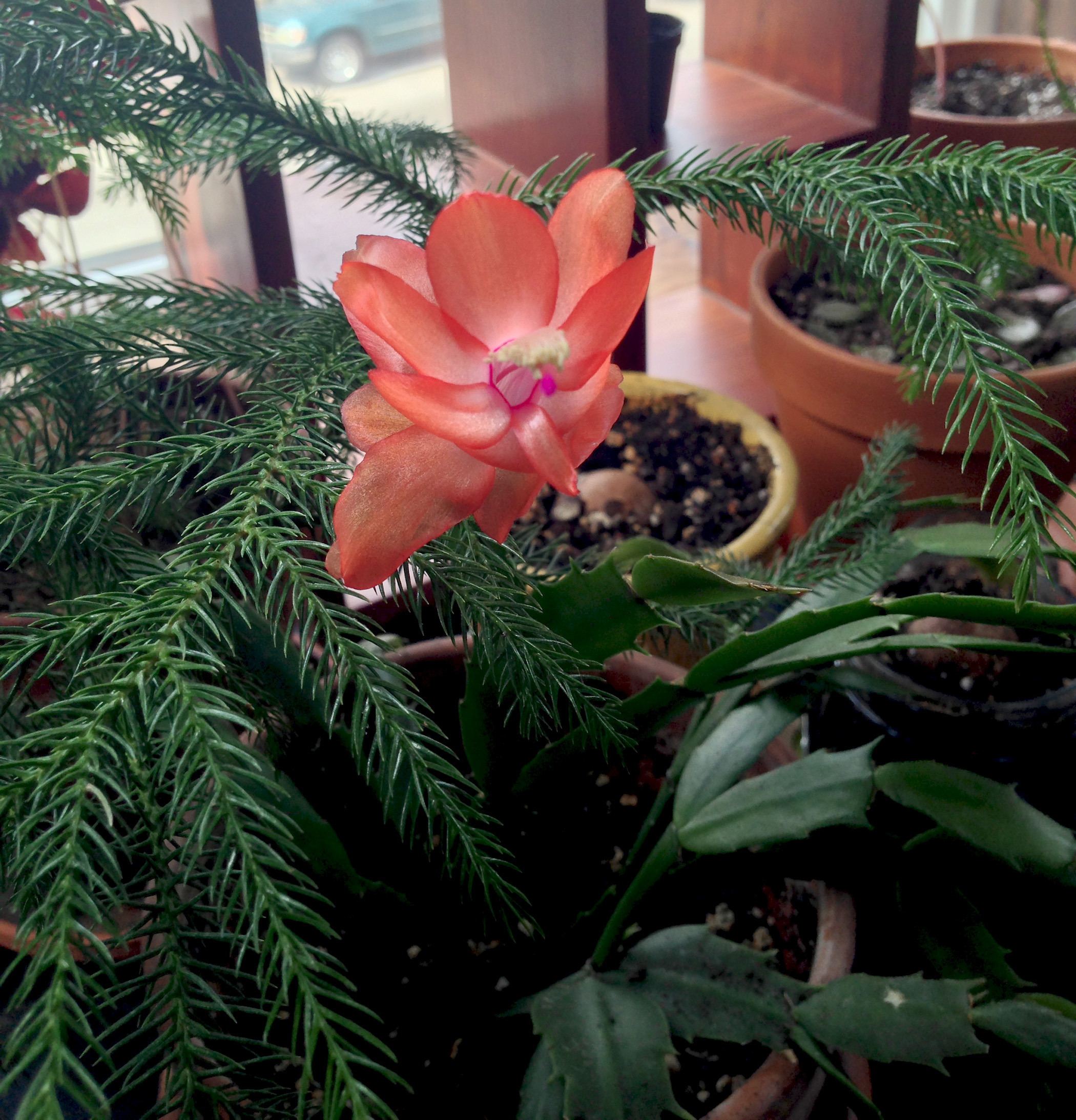
2. Set a budget for yourself before you get to the plant store
We all want a lush, verdant garden today, right now, immediately. These days we expect convenience and speed in all things, and our desires for a perfect green space is no different. However, when planning a garden, you can have it fast or you can have it cheap, but you can’t have both. The most magical gardens you’ve seen have been built slowly, and almost certainly didn’t look perfect in their first year. Likewise, if you’re not starting plants from seed, you’ve got to be willing to put some money into it. Consider what that number looks like before you get to the plant store. This will help you avoid both a busted wallet and a broken heart.
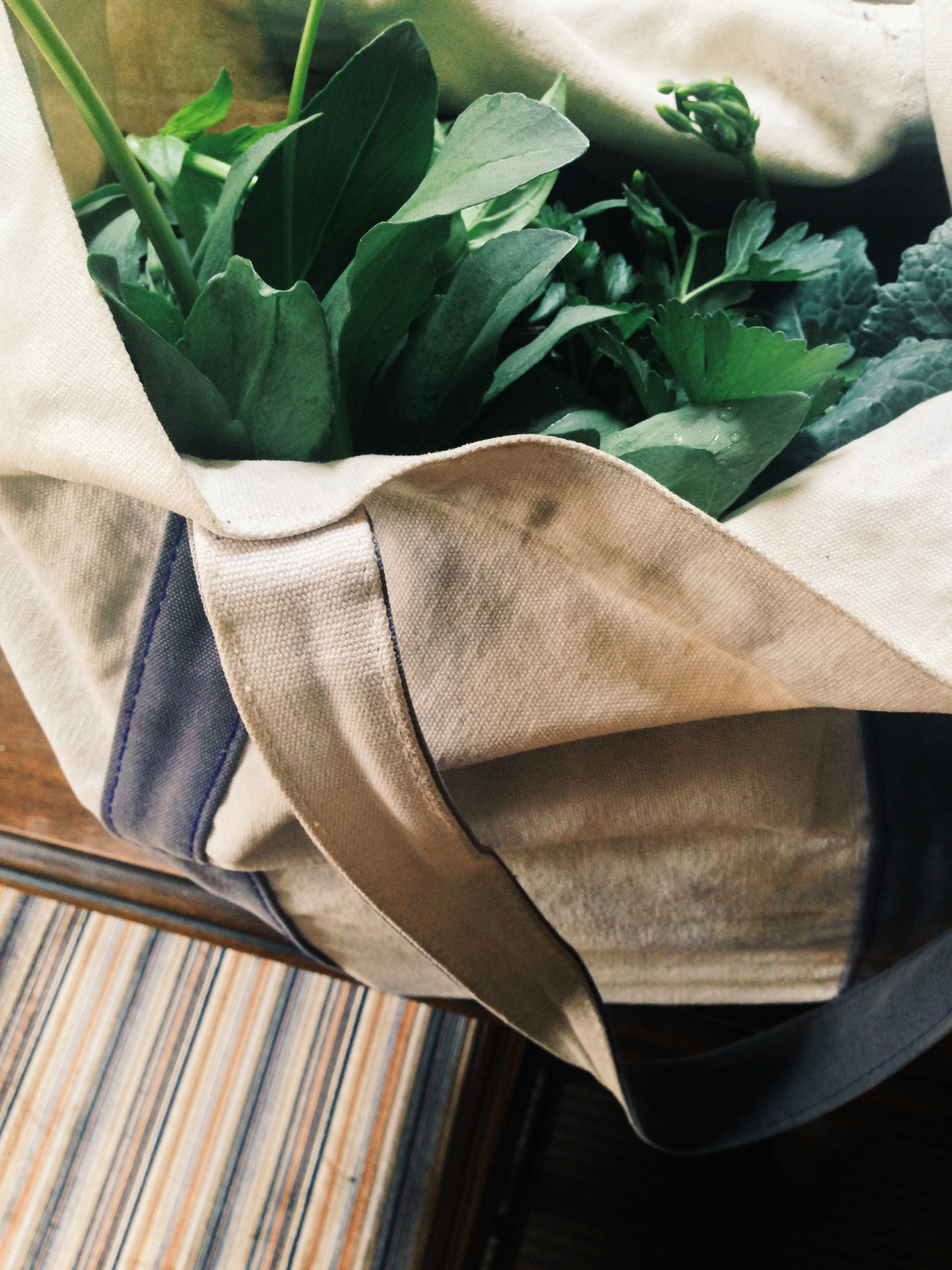
3. Bring a bag, or a box, or both
If you’re driving, you don’t need to worry about this because you can just put everything into your car. If you’re like me and you’re walking or taking public transportation, bring something to help you transport your finds back home. Canvas bags work well if they’re gusseted and made from sturdy fabric. The straps will help you carry more, though if you carry the bag over your shoulder, delicates leaves and stems can get damaged in transport. Cardboard boxes work well too as they keep everything upright and are relatively easy to carry. But you can’t just throw them over your shoulder. Unless you have incredible upper body strength, there’s a limited amount of weight you can bear with just your hands. I’ve found the bag/box combo to be the best, providing a flat bottom and straps for easy carrying. Grab a cardboard box, place it inside your canvas bag, and plan to fill that thing with plants.
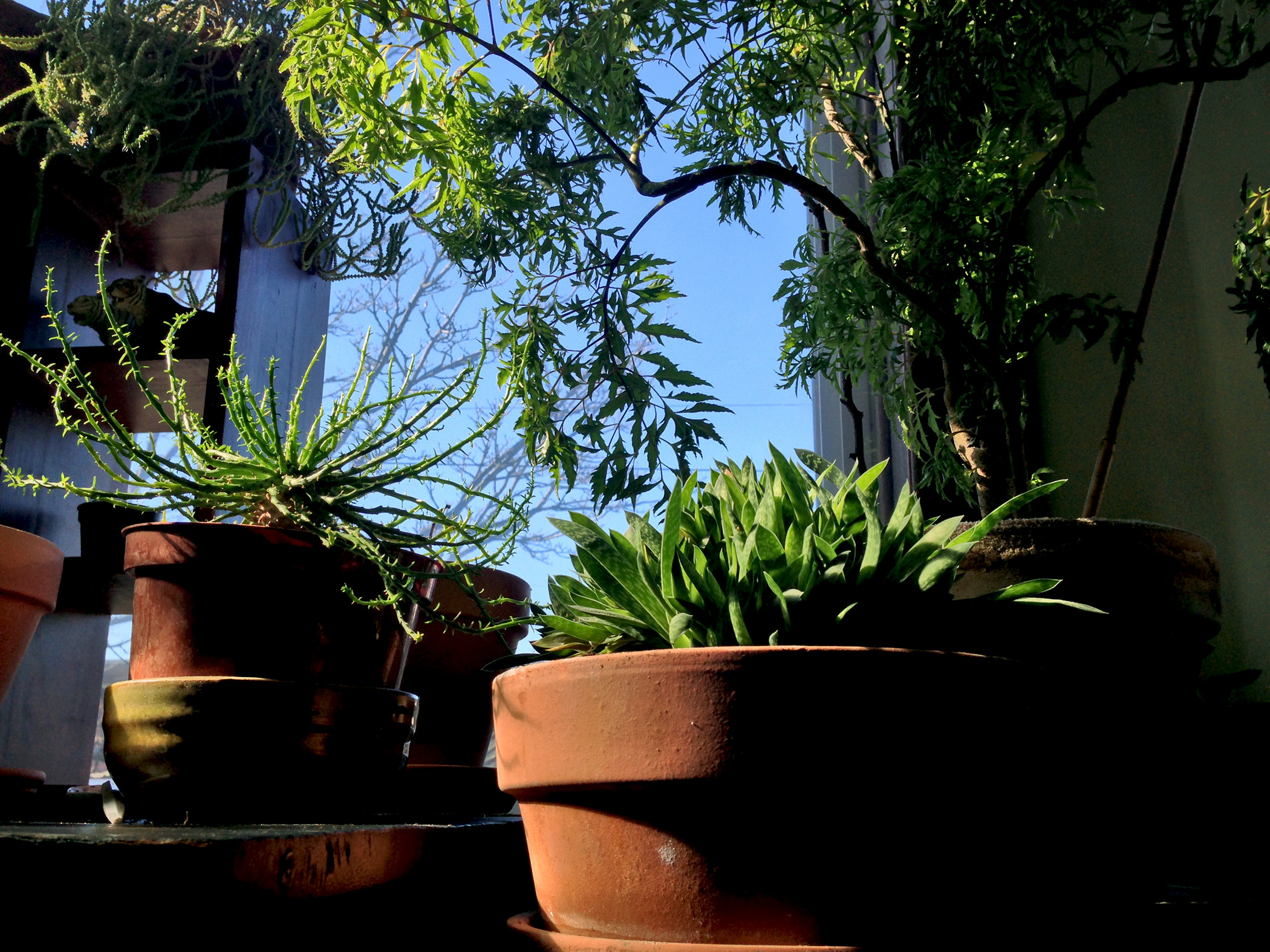
4. Ask for help
We’re all still learning, even the master gardeners among us. When at the plant store, don’t be too proud to seek guidance. Look for an employee or the owner and ask questions. If you’re looking for something special, they’ll know if it’s in stock. If you’re looking for something for a specific area of your garden, they’ll be able to help narrow down the options. They may have direct experience with the tricky plant on your wish list and can give you advice on how to make it work. These people are an excellent source of free plant advice. Take advantage.
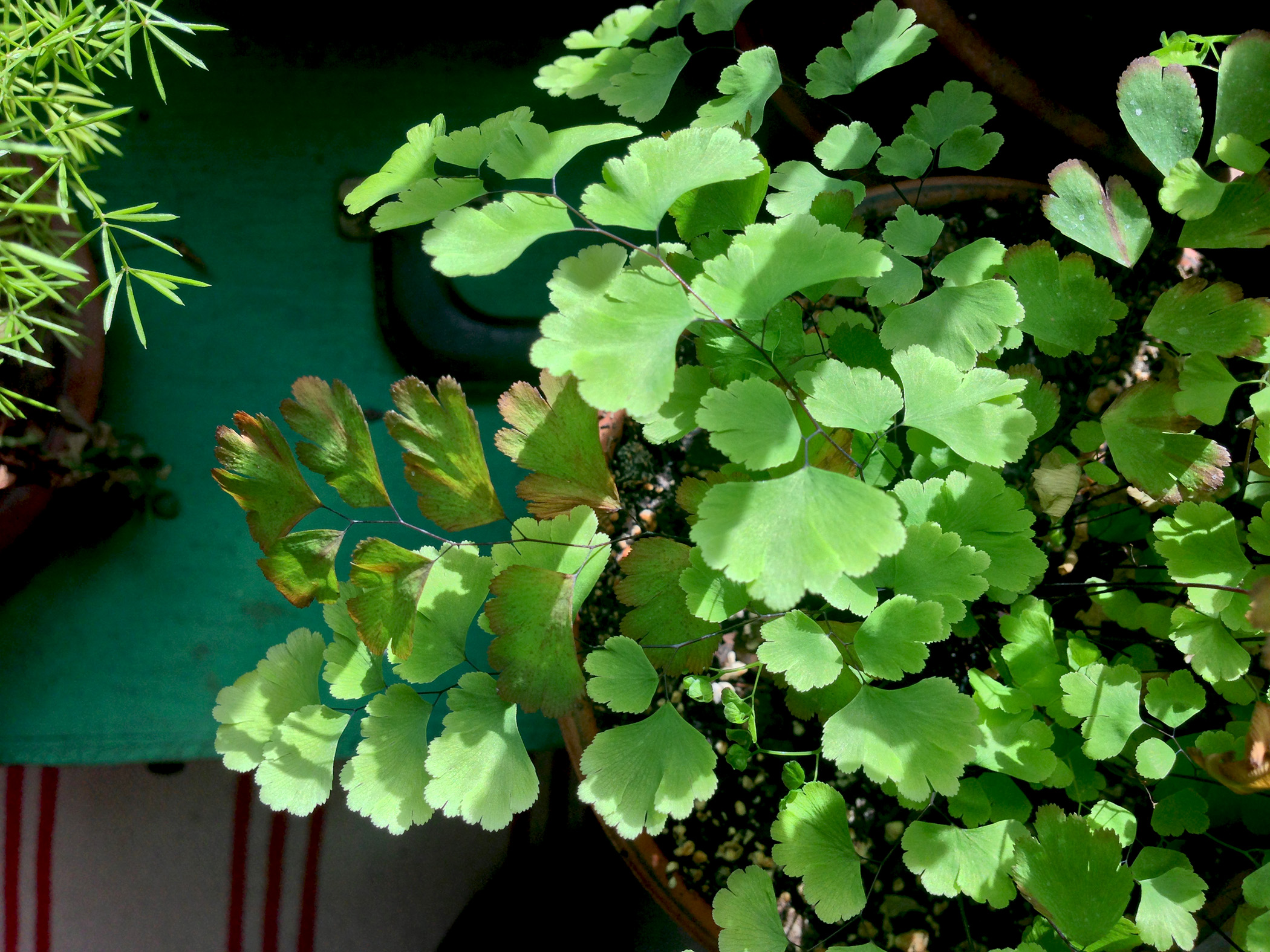
5. Inspect your picks
Don’t get a plant home and then realize that it’s overrun by pests. Don’t just assume every plant in the store is equal in health and quality. If you’re at a good, independently owned plant store, chances are high that most picks will be good picks. But give your plants a thorough once over anyway. Look for infestations: weird bugs or strange substances on the leaves. Look for new growth. Healthy plants grow. Some species grow slowly, but there should almost always be some sign of growth. Look at the roots. Some guides will tell you to avoid plants that are rootbound (ie, you can see roots growing out of the drainage holes at the bottom of the pot). It get can extreme, but it’s not always as much of an issue, especially if you’re planning to repot or put the plant in the ground as soon as you get home. If you’re a plant doctor and feel confident in your rehabilitation skills, by all means, buy away. Otherwise, zero in on the healthiest specimens.
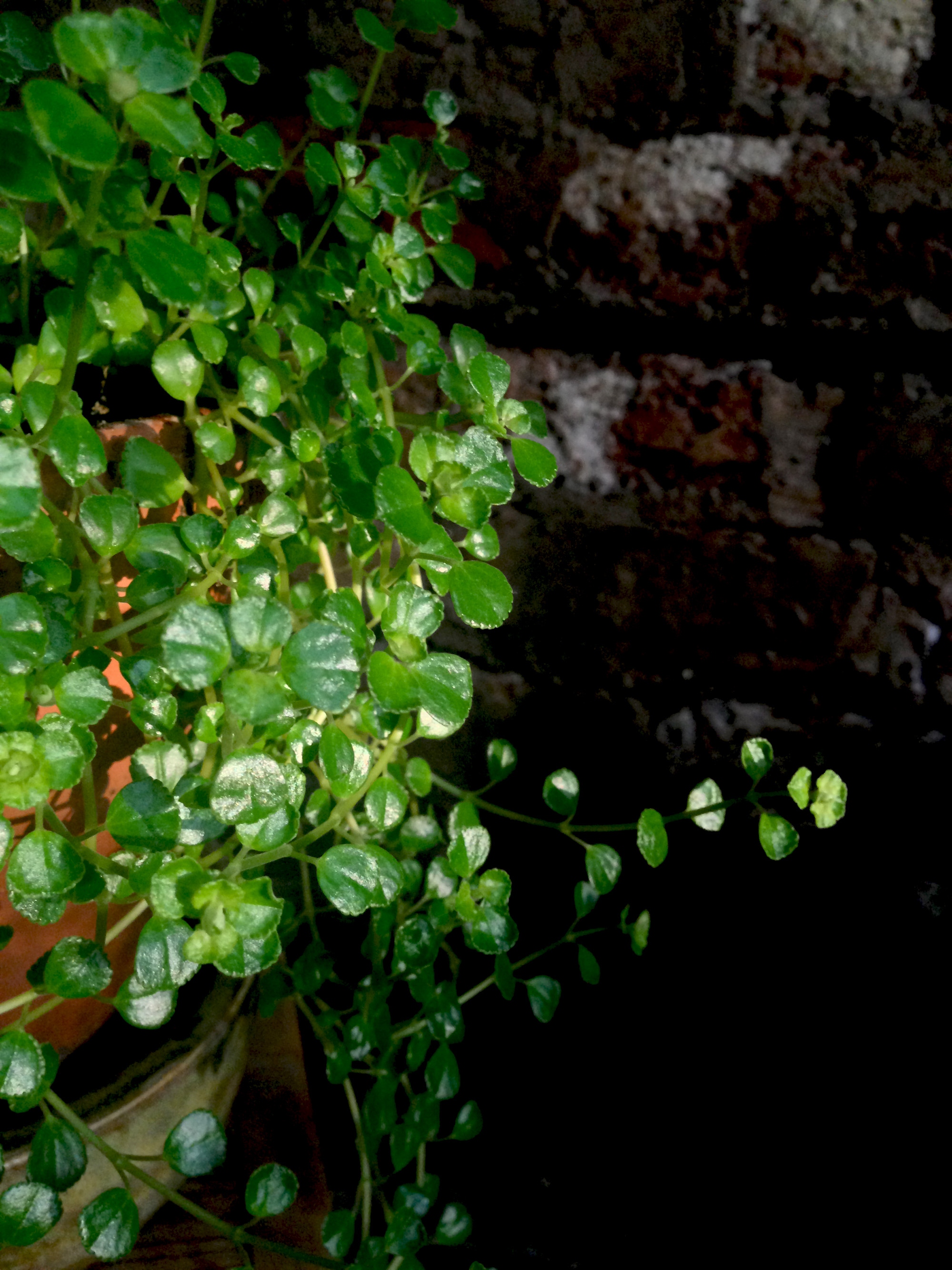
6. Look for smaller versions of the plants you like
This is a quick one. Smaller plants are cheaper and easier to carry. If you’ve chosen a plant that will thrive in the space you picked out for it, it will quickly grow to be as big as the version that would have cost you $16 (or more).
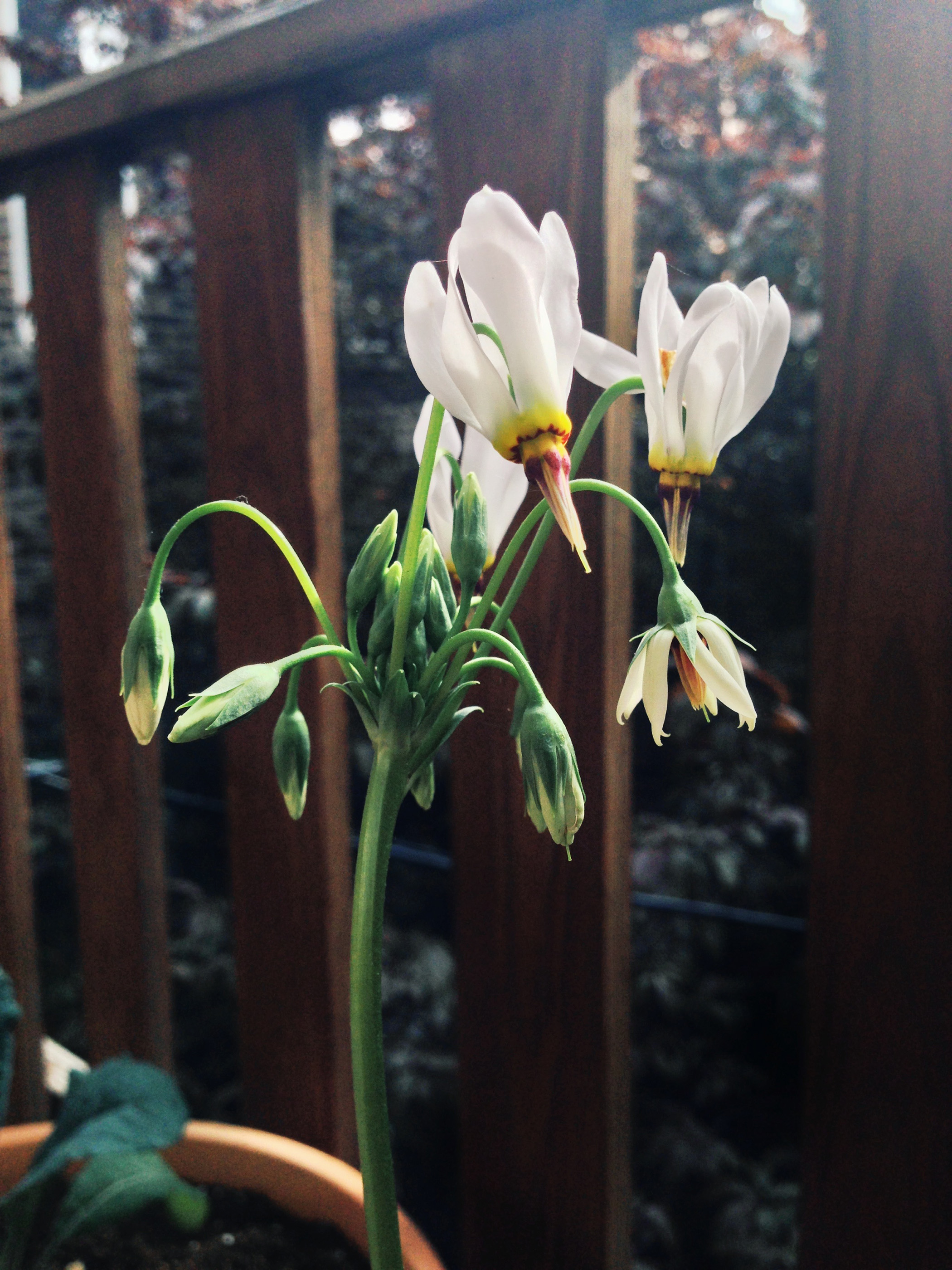
7. Treat yourself
And on the other side of the coin, if you find a plant that’s kind of expensive, but just thrills you, do yourself a favor and get the plant. Splurge. On a plant. If buying the plant and all the others in your basket blows your budget, maybe leave the others behind. Like money spent on experiences, money spent on plants will come back to you many times over.
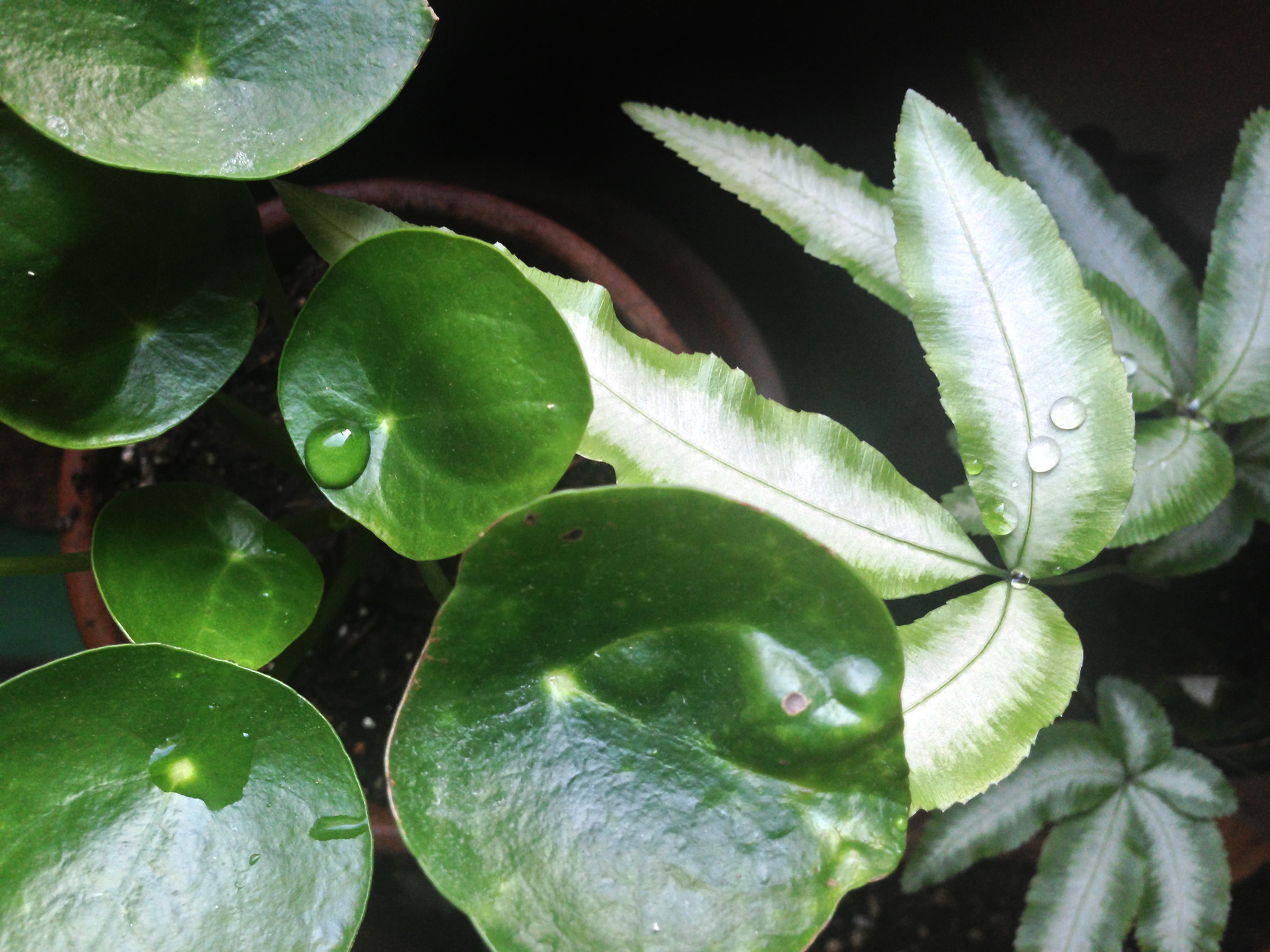
8. Only pick up what you love
I don’t believe in filler plants. Everything in your garden should make you happy when you look at it. Extend Marie Kondo’s life-changing edict to the garden. Every plant you own should spark joy. If you want a vegetable and herb garden, get veggies and herbs. If you want a container garden of all perennials, get them. If you love bright color and refreshing your garden every spring, load up on annuals. Don’t pick up a plant just because you need “something.” Leave a space bare until you come across the right plant for the space.
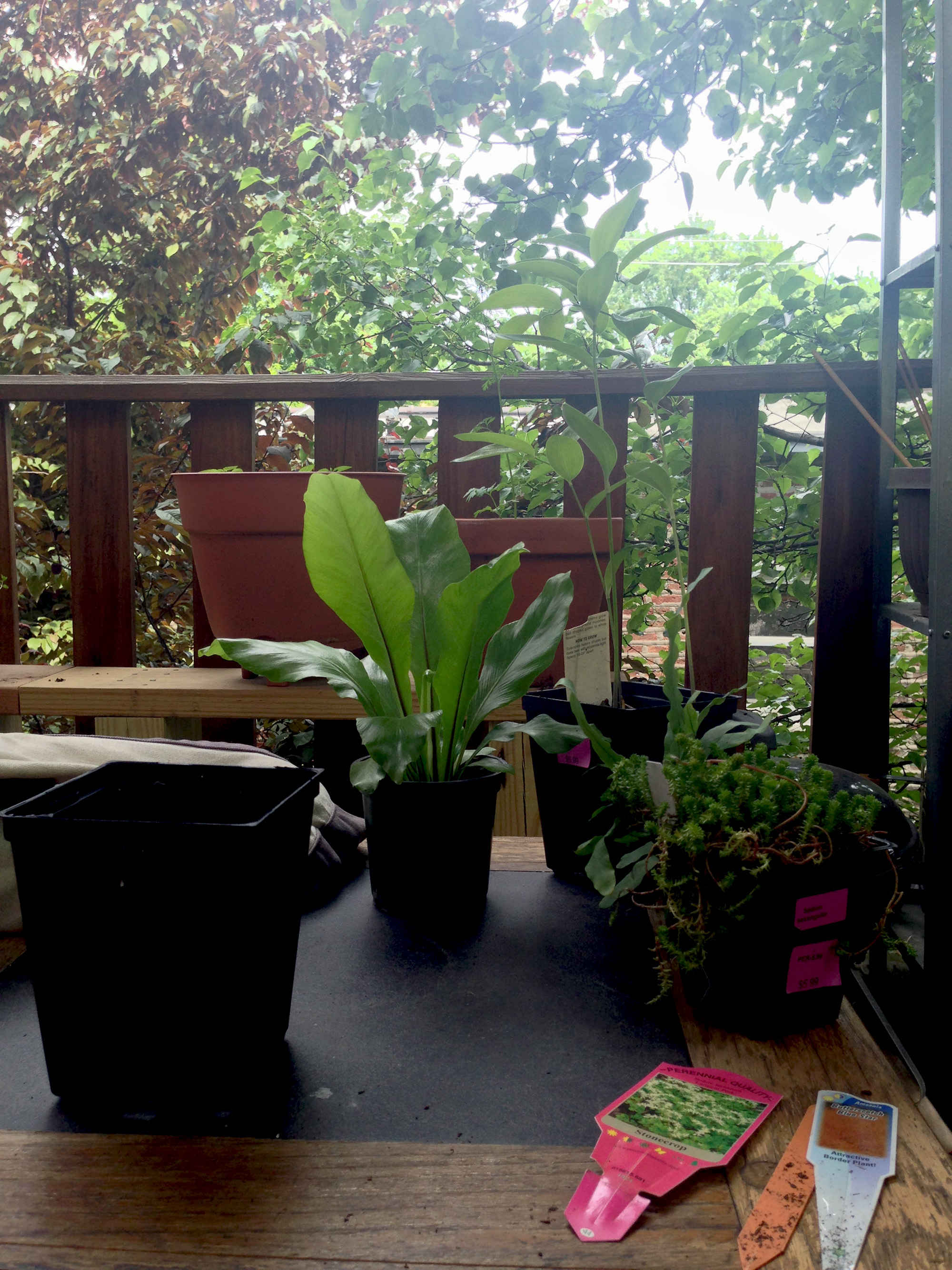
9. Don’t take it too seriously
We’ve all killed plants. We’ve all forgotten to water, or watered too much, or picked a plant that needed way more sun than we have in our apartments. The only way to learn about plants and get better at taking care of them is to make those mistakes. So the next time you’re at the plant store, challenge yourself and buy something you’ve never seen before. Buy something you’re not sure you’ll be able to keep alive. You just might surprise yourself.
